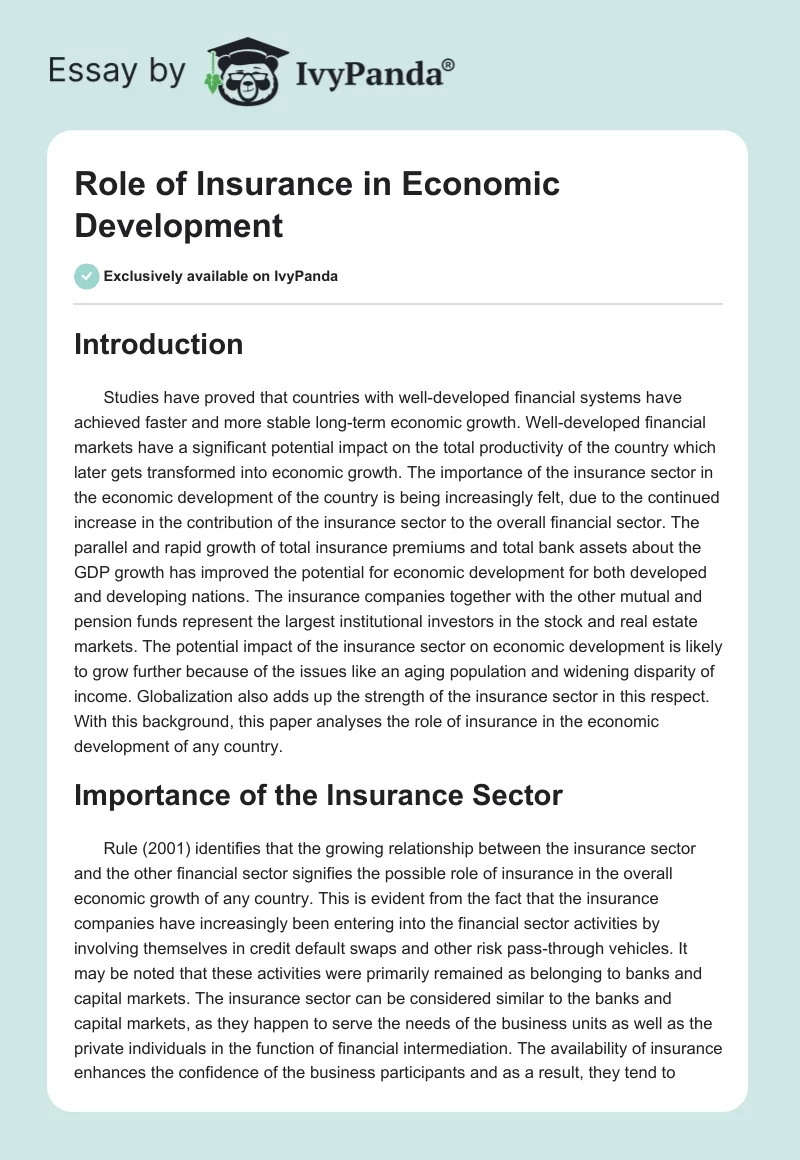Some Known Details About Pacific Prime
Some Known Details About Pacific Prime
Blog Article
Little Known Questions About Pacific Prime.
Table of ContentsNot known Factual Statements About Pacific Prime The Single Strategy To Use For Pacific PrimeExcitement About Pacific PrimeNot known Incorrect Statements About Pacific Prime 8 Simple Techniques For Pacific Prime

This is because the information were collected for a period of solid financial efficiency. Of the estimated 42 million people who were without insurance, almost concerning 420,000 (regarding 1 percent) were under 65 years of age, the age at which most Americans become qualified for Medicare; 32 million were grownups between ages 18 and 65, about 19 percent of all adults in this age group; and 10 million were children under 18 years of age, regarding 13.9 percent of all children (Mills, 2000).
These price quotes of the number of individuals without insurance are created from the yearly March Supplement to the Existing Populace Study (CPS), carried out by the Census Bureau. Unless or else noted, nationwide estimates of people without wellness insurance and proportions of the population with various type of insurance coverage are based upon the CPS, one of the most extensively made use of resource of price quotes of insurance policy protection and uninsurance rates.
The 2-Minute Rule for Pacific Prime

Still, the CPS is particularly helpful due to the fact that it generates annual quotes reasonably swiftly, reporting the previous year's insurance policy coverage estimates each September, and due to the fact that it is the basis for a consistent collection of price quotes for greater than two decades, enabling analysis of trends in insurance coverage gradually. For these reasons, in addition to the considerable use the CPS in other researches of insurance coverage that are offered in this report, we count on CPS estimates, with restrictions noted.

The price quote of the variety of without insurance people broadens when a population's insurance standing is tracked for a number of years. Over a three-year duration beginning early in 1993, 72 million people, 29 percent of the united state populace, lacked coverage for a minimum of one month. Within a single year (1994 ), 53 million individuals experienced at least a month without insurance coverage (Bennefield, 1998a)
Six out of every 10 without insurance grownups are themselves used. Although working does boost the likelihood that a person and one's relative will certainly have insurance policy, it is not an assurance. Also participants of families with 2 full-time breadwinner have virtually a one-in-ten chance of being uninsured (9.1 percent without insurance rate) (Hoffman and Pohl, 2000).
Fascination About Pacific Prime
New immigrants represent a significant proportion of people without health and wellness insurance coverage. One analysis has connected a significant portion of the recent growth in the size of the U.S. without insurance population to immigrants that arrived in the nation between 1994 and 1998 (Camarota and Edwards, 2000). Current immigrants (those that concerned the USA within the past 4 years) do have a high rate of being without insurance (46 percent), but they and their youngsters make up simply 6 percent of those without insurance country wide (Holahan et al., 2001).
The connection between medical insurance and accessibility to care is well developed, as documented later in this chapter. Although the relationship in between wellness insurance coverage and health end results is neither straight nor easy, a substantial scientific and wellness solutions research study literary works links wellness insurance coverage to better access to care, far better high quality, and boosted personal and populace health status.
Levels of evaluation for checking out the effects of uninsurance. It focuses specifically on those without any kind of wellness insurance for any length of time.
What Does Pacific Prime Mean?
The troubles faced by the underinsured are in about his some respects similar to those encountered by the uninsured, although they are usually less serious. Health insurance coverage, however, is neither needed neither enough to obtain accessibility to medical solutions. The independent and straight impact of health insurance protection on accessibility to health solutions is well developed.
Others will certainly obtain the health and wellness treatment they need even without medical insurance, by paying for it out of pocket or seeking it from carriers who offer care free or at highly subsidized prices. For still others, health insurance coverage alone does not make sure invoice of treatment as a result of other nonfinancial obstacles, such as a lack of health care service providers in their area, minimal accessibility to transportation, illiteracy, or etymological and cultural distinctions.
9 Easy Facts About Pacific Prime Described
Official study concerning uninsured populaces in the United States dates to the late 1920s and very early 1930s when the Committee on the Price of Healthcare created a series of reports regarding financing doctor office sees and hospital stays. This issue ended up being prominent as the numbers of clinically indigent climbed throughout the Great Anxiety.
Report this page